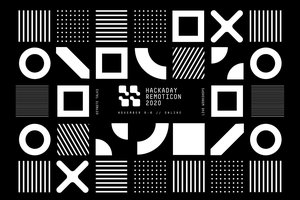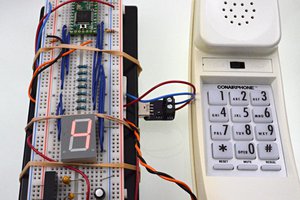ED (Electronic Discovery) is specifically designed to engage a family with a friendly faced gadget which is easy to assemble, write code for and encourages them to interact. Ideally this makes electronics a family hobby rather than something Dad does alone. Older children could find much opportunity to learn a bit about electronics by studying schematics and assembling ED. Younger children's minds will begin to be engaged with the idea of making things and will begin to pickup the basics of electricity as they see schematics built and learn component names.
The code intentionally makes it very easy for the parent to write new ways for the child to interact with the toy or engage the child in reading the code to discover how ED works. Highly difficult interactions could even be developed that would challenge mom and dad as they interact with ED.The potential to expand and extend the ED platform really is significant and simple through an abstraction of indicators and methods to read the pots. It actually becomes very quick and easy to write new ways to interact with ED.
ED uses three sliding potentiometers for the mouth, two potentiometers for the eyes, a tri-color LED for the nose, a piezo speaker and a row of LEDs. The LEDs and Speaker are used to give feedback on progress. The code makes heavy use of AlphaBeta's HALs to simplify the code when dealing with these bits of hardware.
 Josiah Ritchie
Josiah Ritchie
 Lutetium
Lutetium
 agp.cooper
agp.cooper
 Paul Stoffregen
Paul Stoffregen